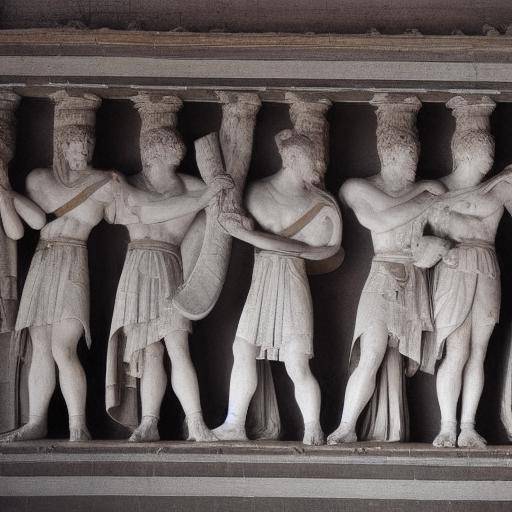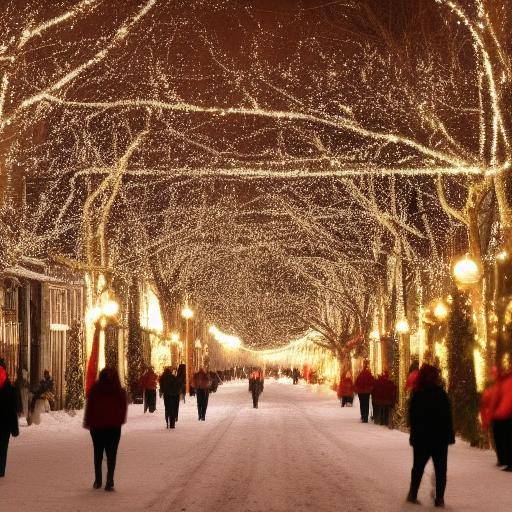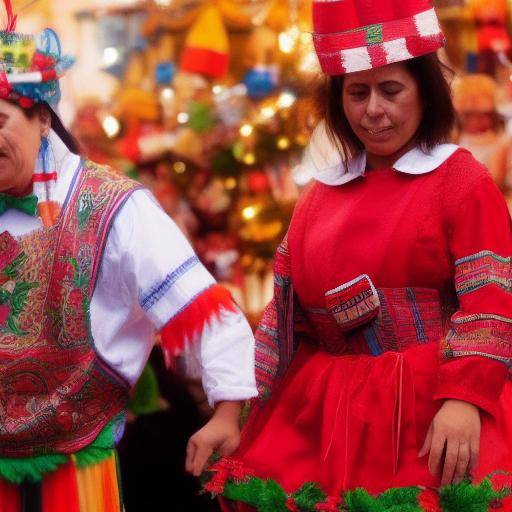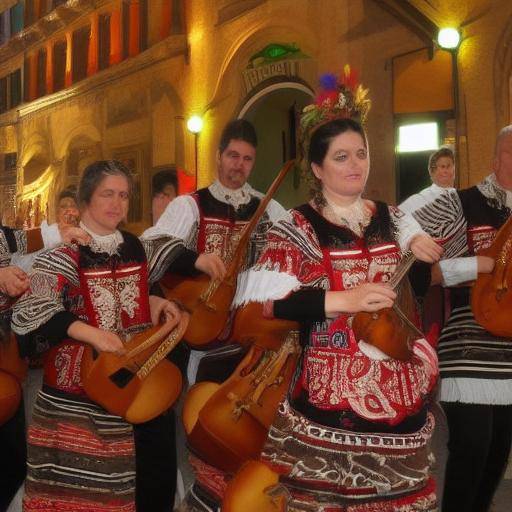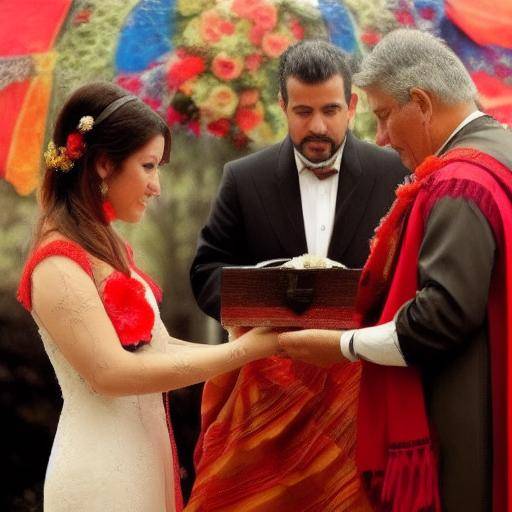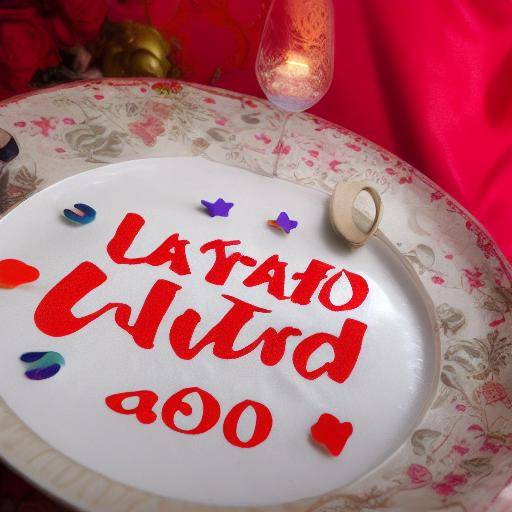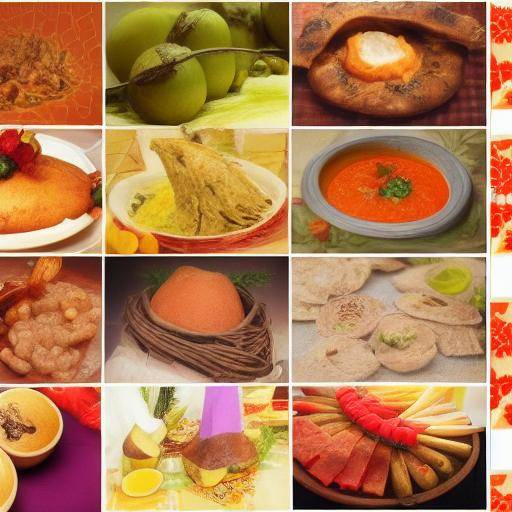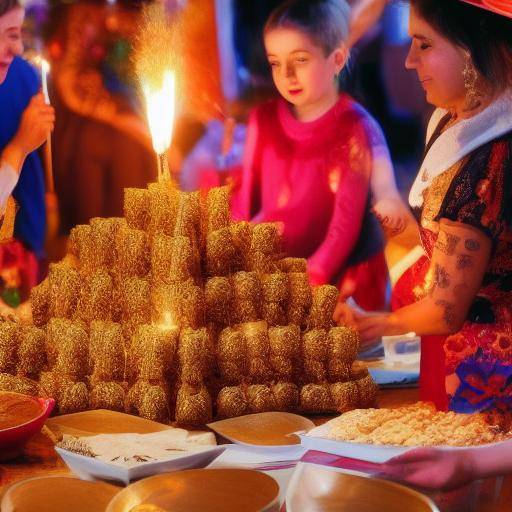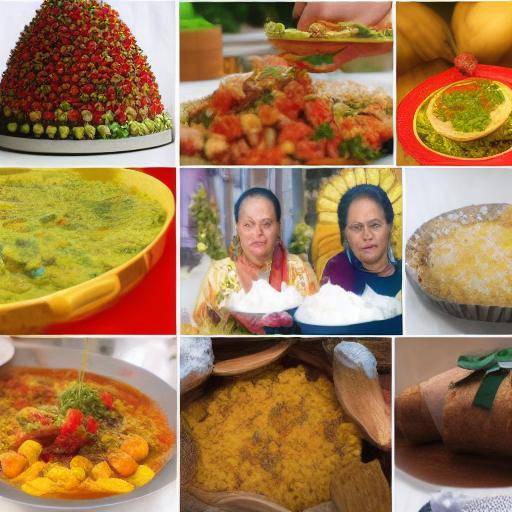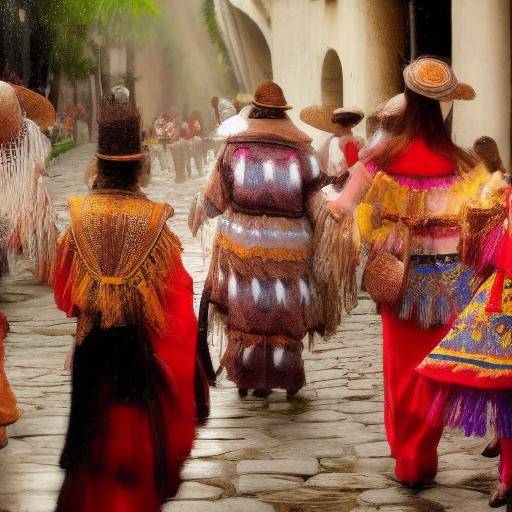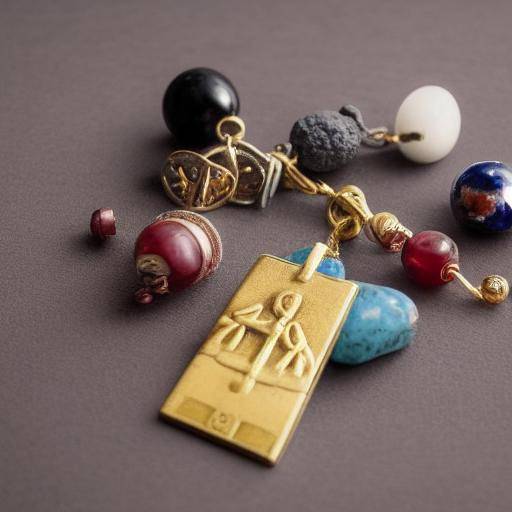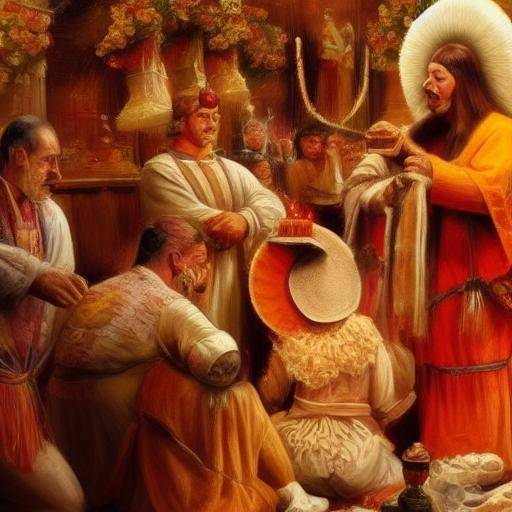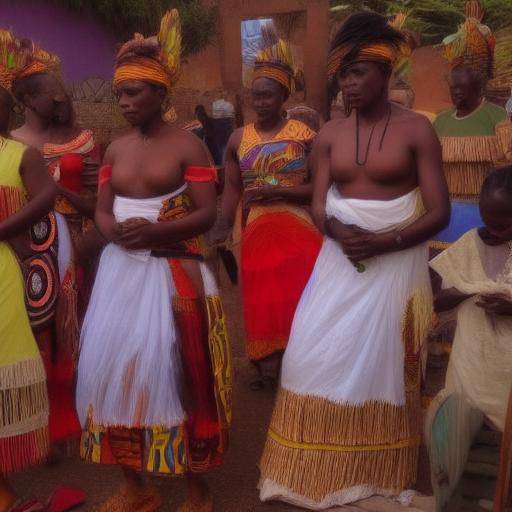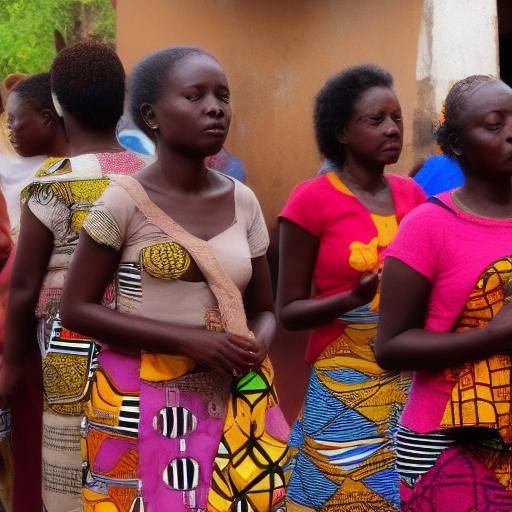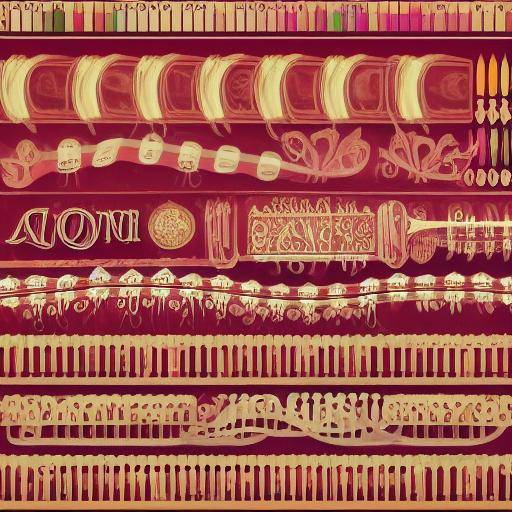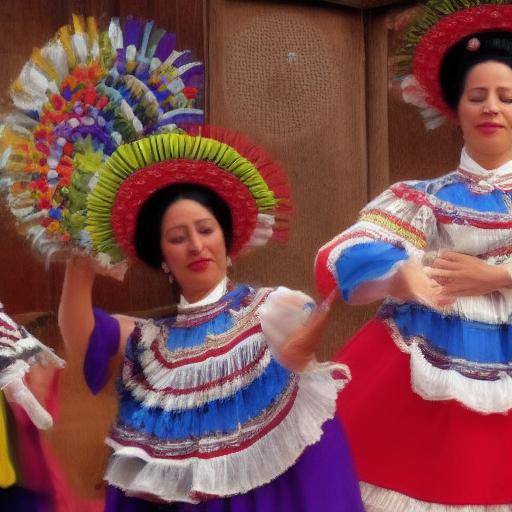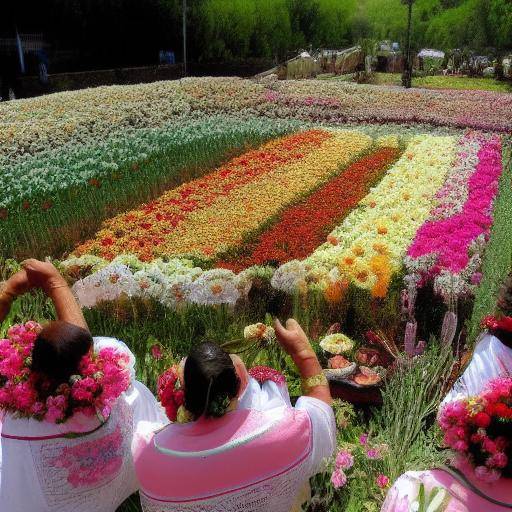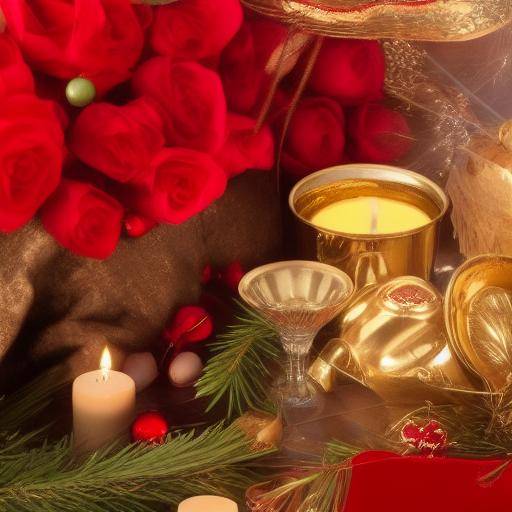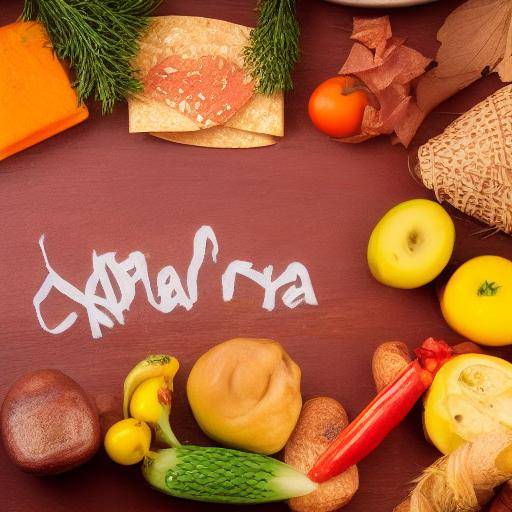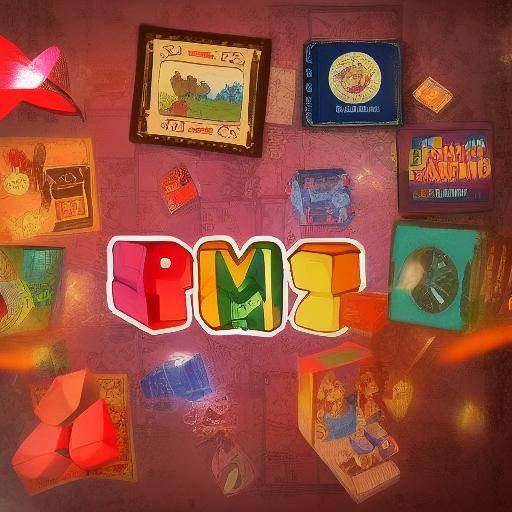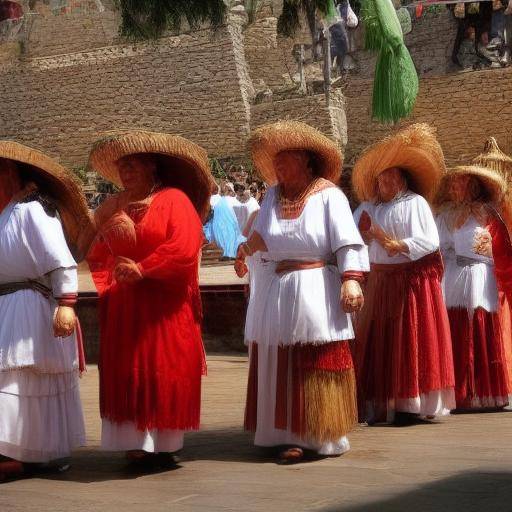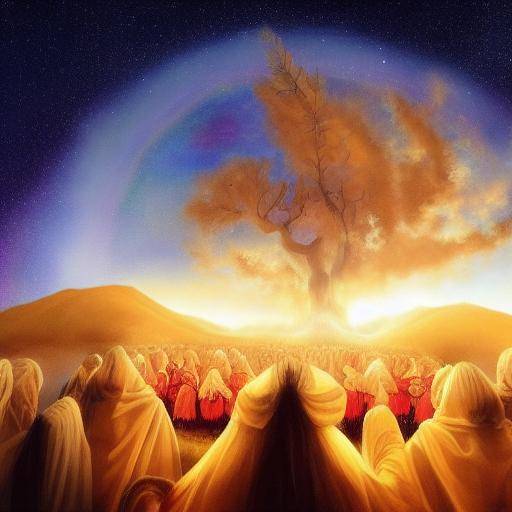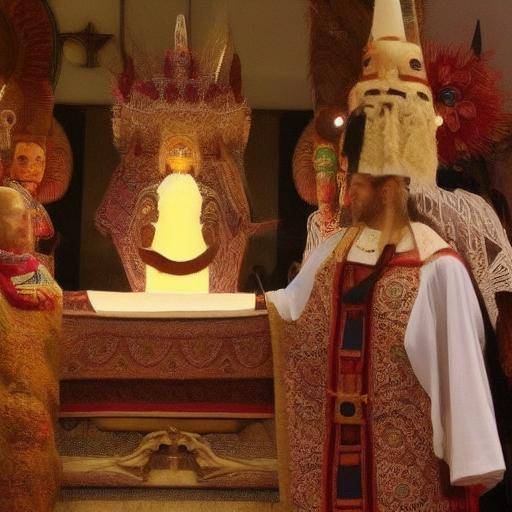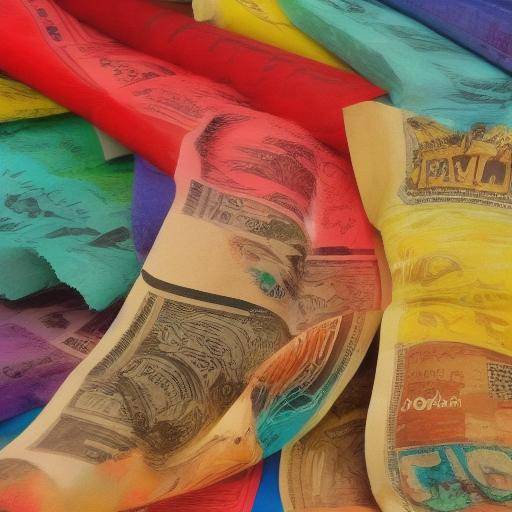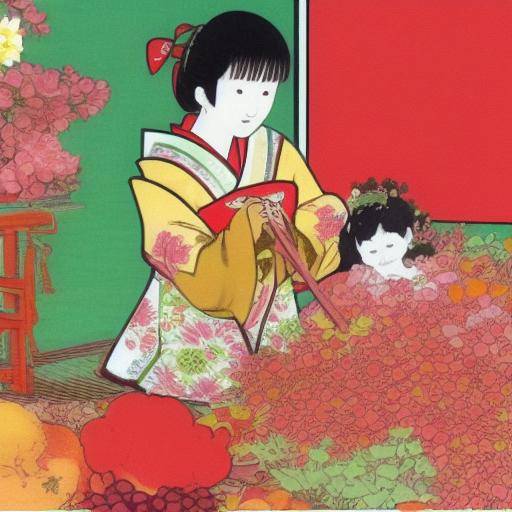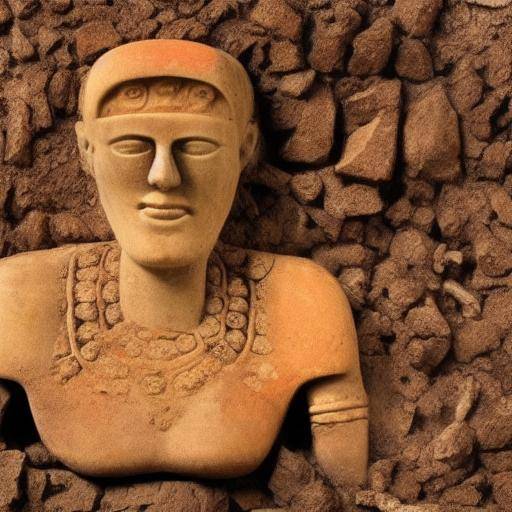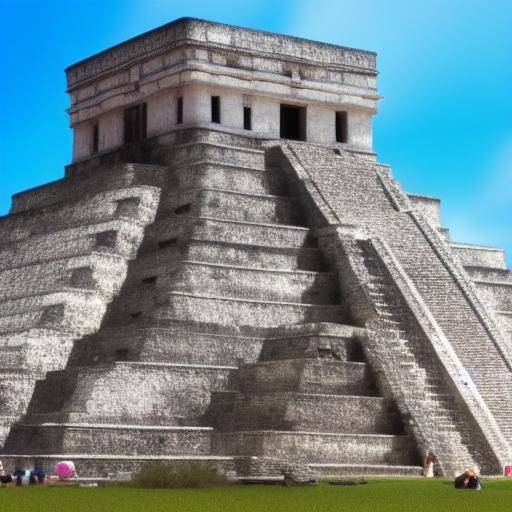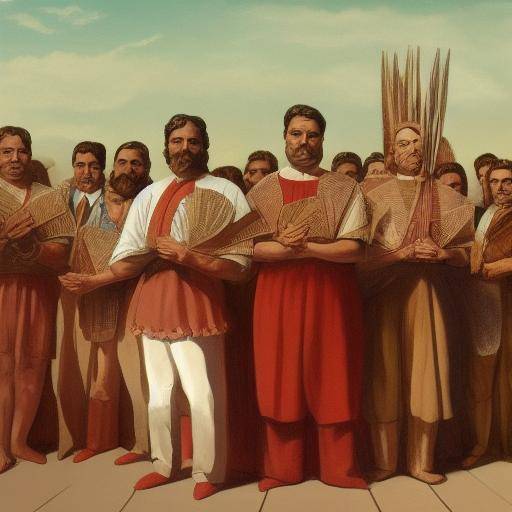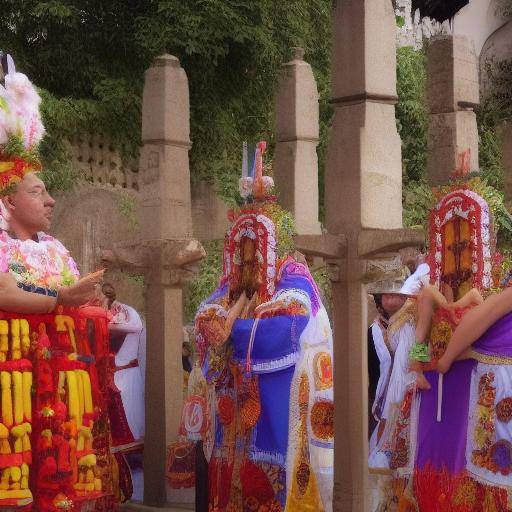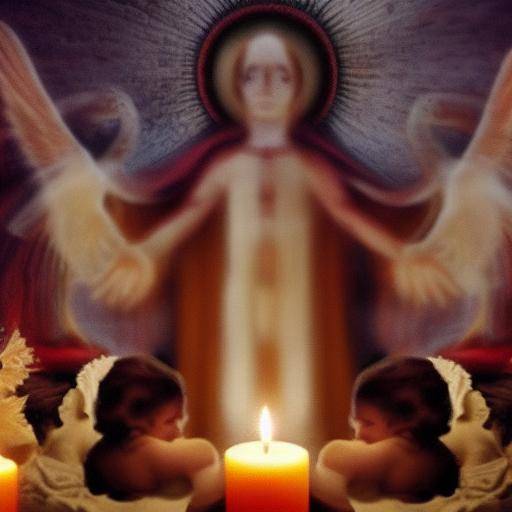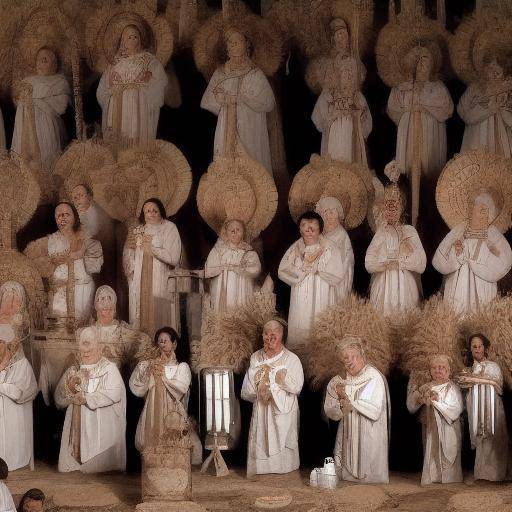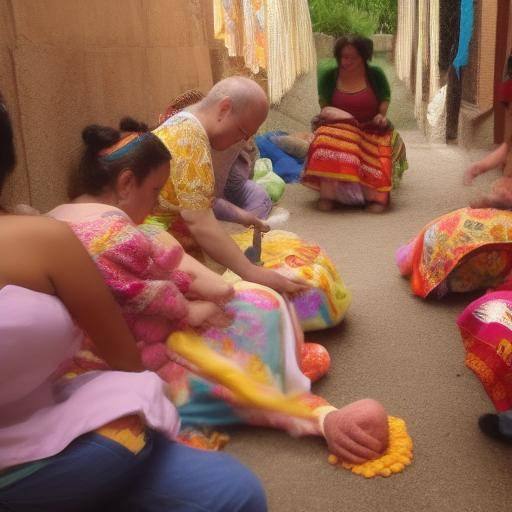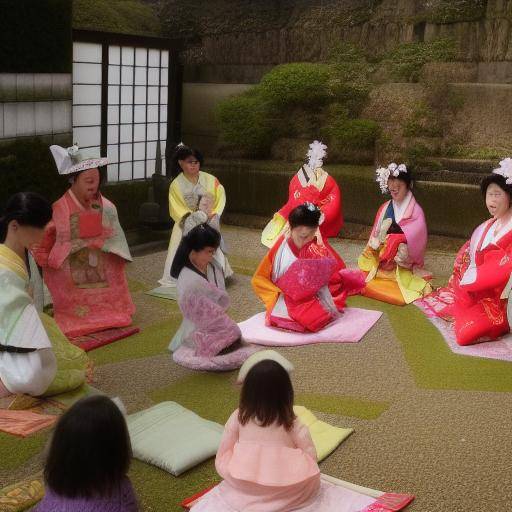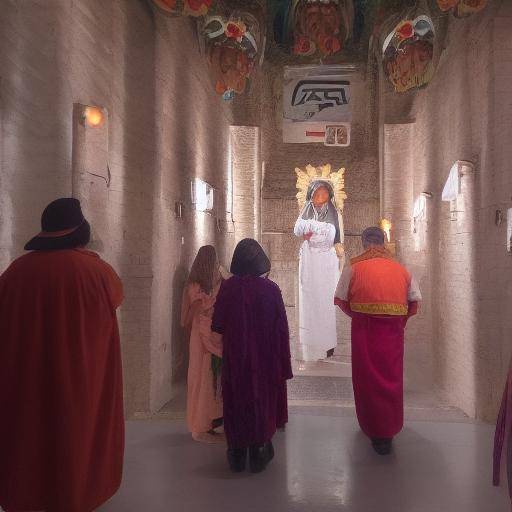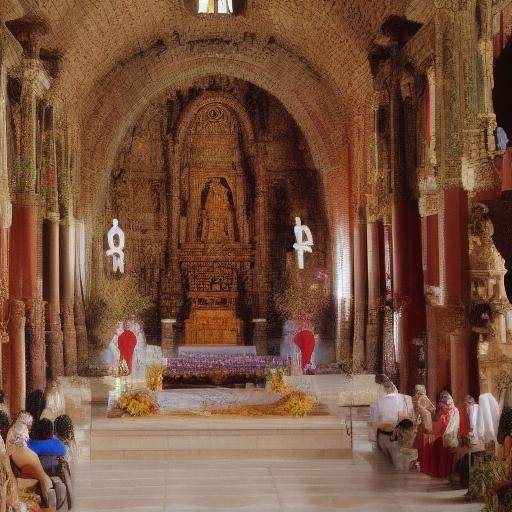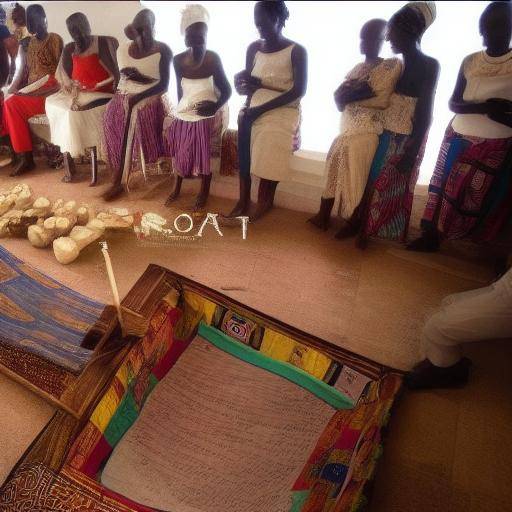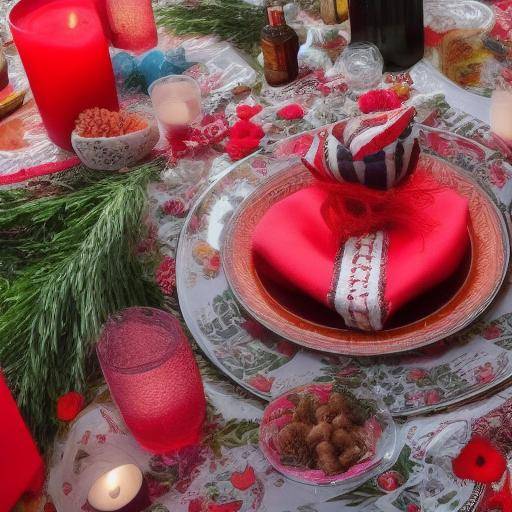
The New Year is a moment of celebration and tradition in many cultures around the world. Good intentions, hopes and desires are expressed through a variety of symbols that reflect the diversity and wealth of traditions associated with this special moment. In this article, we will explore in depth the meaning of symbols in the traditions of New Year, its origins, evolution, and its applications today. We will also analyze the similarities, differences and possible synergies between different practices, as well as forecasts and trends for the future.
Introduction
The New Year is an occasion that symbolizes a new beginning, hope and renewal. In this sense, it is fascinating to observe how different cultures have developed unique symbols and traditions to celebrate this significant event. Throughout this article, we will explore these traditions, dive into history and the meaning behind the most representative symbols and discover how these traditions have evolved and continue to impact our current life.
History and Origins of New Year's Traditions
The concept of celebrating the New Year has profound historical roots dating back to ancient civilizations. In Babylon, for example, New Year festivals took place over 4000 years ago, and resolutions for the new year were of great importance. On the other hand, in ancient Rome, the New Year's Feasts were linked to the Janus god, which was represented with two faces, one looking back to the old year and another forward to the new year, symbolizing the cycle of time. These historic events laid the foundations for various traditions that persist until today.
The celebration of the New Year is also influenced by many regional traditions and customs. For example, in China, the arrival of the Chinese New Year, known as the spring festival, is celebrated with a series of rituals and symbols representing prosperity, happiness and good fortune. The cleaning of the house, the decoration with red and golden flashes, and the realization of dragon dances are common practices. In addition, in Japan, the New Year is celebrated with Hatsumode, a visit to the shrines and temples to give the blessings of the new year.
Analysis of New Year's Symbols and Traditions
The symbols associated with the New Year have profound meanings that transcend the mere superficial aspect of the celebration. For example, the twelve grapes in Spain represent the twelve months of the year, and eating them at the rhythm of the midnight bells is a tradition to attract good luck in the next year. In Scotland, the “First-Footing” implies that the first person to cross the threshold of the home in the New Year brings fortune and joy. On the other hand, in Greece, breaking a grenade at the door is a symbol of fertility and good fortune.
The symbols and traditions associated with the New Year provide a rich source of popular wisdom and symbolism, reflecting the concerns and hopes of the societies that have created them.
Full Review of the Meaning of Symbols in New Year's Traditions
The tradition of New Year is a reminder of the importance of renewal, reflection and connection with our roots. The symbols associated with this celebration offer a unique reflection of the values and beliefs of the communities that celebrate them. In the current context, this tradition adapts to a world where globalization has influenced the interconnection of cultures and the spread of New Year practices worldwide.
Comparative Analysis of New Year and Meaning Symbols and Traditions
Compare and contrast New Year's symbols and traditions in different cultures allow us to appreciate the diversity and cultural wealth that surrounds this holiday. Although manifestations can vary greatly, the underlying incentive of renewal, hope and prosperity is common in all of them.
Observing these practices from a comparative perspective gives us the opportunity to value the authenticity and uniqueness of each culture, as well as highlighting the value of cultural diversity in an increasingly globalized society.
Practical Tips and Accessible Tips
By celebrating the New Year and participating in these traditions, it is important to understand and respect the meaning of associated symbols. Regardless of the culture to which we belong, honoring the traditions of the New Year with respect and understanding promotes cultural diversity and the exchange of knowledge. Considering the history and meaning behind each symbol helps us to give more depth and meaning to our own celebrations. Here are some practical tips to honor these traditions:
- Investigate and understand the history and cultural significance of symbols associated with the New Year.
- It actively participates in traditions respecting their authenticity and cultural value.
- Share your own traditions and New Year symbols with others, thus fostering mutual understanding and respect.
- Reflect on the personal meaning that each symbol has for you and how you can apply that meaning in your everyday life.
Perceptions of Industry and Expert Reviews
Various experts in anthropology, folklore and sociologists have studied in depth the traditions of New Year and the meanings behind the associated symbols. His research has revealed the cultural wealth and symbolism that hides behind these practices, offering an enriching vision of the value of traditions and their impact on our lives.
The experts agree that the value of New Year's symbols and traditions lies in their ability to connect with our roots, strengthen our social ties and project hope and positivity to the future.
Case Studies and Practical Applications in Real Life
The observance of New Year's traditions and the meaning of the symbols associated with them is reflected in numerous cases and practical applications in real life. The influence of these practices on various aspects of society, from the family to the commercial sphere, provides tangible examples of how these traditions maintain their relevance and relevance.
In companies and organizations, New Year's traditions can be an opportunity to foster team cohesion, revitalize the spirit of group work and inject optimism into the company's future vision.
Future Trends and Predictions
As we move forward in the twenty-first century, the celebration of the New Year and the observance of associated symbols are subject to changes and adaptations in response to evolving social and cultural dynamics. While these traditions have endured over the centuries, it is fascinating to reflect on how they could evolve in the future and how they will adapt to the new realities of the modern world.
These practices are likely to continue to play a key role in promoting social cohesion, connecting with history and strengthening cultural identities in contemporary societies.
Conclusion
The traditions of New Year and the symbols associated with them provide an invaluable window to the beliefs, values and hopes of different cultures around the world. Through this article, we have explored the wealth and diversity of these traditions, analyzed their deep meanings and their applications in everyday life, and reflected on future trends. Regardless of our cultural roots, these traditions offer us the opportunity to celebrate renewal, cultivate hope and strengthen emotional and social ties.
May the meaning and symbols of the New Year inspire us to embrace the future with optimism and keep alive the richness of our cultural traditions!
Frequently Asked Questions about Symbols in New Year's Traditions
1. What is the origin of grapes as a symbol of New Year?
The grapes as a symbol of New Year date back to the nineteenth century in Spain, where the tradition of eating twelve grapes was popular at the rhythm of the midnight bells on December 31 to attract good luck in next year.
2. Why is red color so important in New Year's traditions in China?
The red color is associated with good luck and fortune in Chinese culture. During the Spring Festival, decorations in red, such as red envelopes and flashlights, are used to remove bad luck and attract prosperity in the new year.
3. What is the meaning of "First-Footing" in the New Year traditions in Scotland?
The First-Footing is an ancient Scottish tradition in which the first person to enter a home after midnight of the New Year brings with it good luck for next year. This visitor often has symbolic gifts such as salt, coal or whisky.
4. What symbolizes the "Clean" in New Year's traditions in Mexico?
The "Clean" is a Mexican tradition that involves cleaning and scenting the house to eliminate the bad energies of the year that ends and welcoming prosperity and good luck in the new year.
5. Why are bells and trumpets used in New Year celebrations in many countries?
The sound of the bells and trumpets is used to remove the bad spirits and welcome the new year with joy and optimism. In many cultures, the midnight bells mark the beginning of a new cycle of hope and dreams.
6. What is the origin of the dragon's dance at New Year's celebrations in China?
The dragon's dance is an ancient Chinese tradition that dates back thousands of years and takes place during the Spring Festival to remove evil spirits and bring good luck and prosperity. The dragon, symbol of power and goodness, performs dances that attract positive energies for the new year.
Conclusion
The New Year is a moment of reflection, celebration and hope, where symbols and traditions connect us with our cultural roots, encourage solidarity and inspire us to look towards the future with optimism. By understanding the meaning behind these symbols and practices, we can honor these traditions in an authentic and respectful way, thereby strengthening our understanding and appreciation for the cultural diversity that enriches our world.

